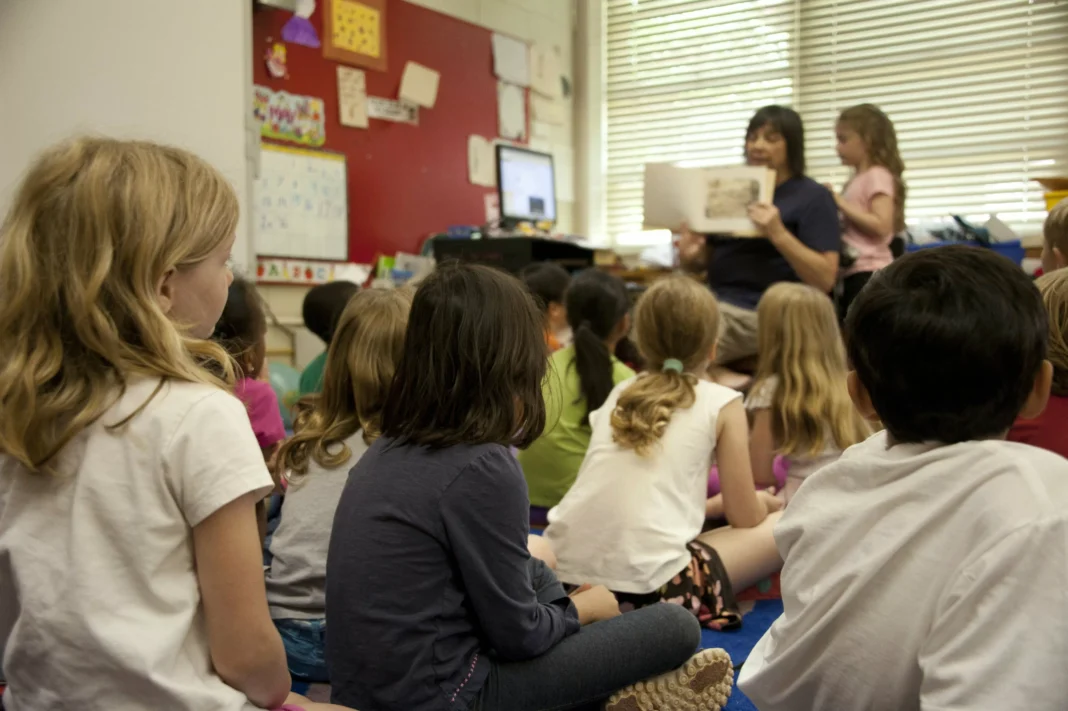The classroom is a place of learning, growth, and discovery for all students. However, for students with autism, the classroom can also be a place of misunderstanding and challenges. Despite increased awareness and understanding of autism, schools are still struggling to identify and support autistic students, especially girls. In this article, we will explore the reasons behind this and how we can work towards creating a more inclusive and understanding classroom environment for all students.
Autism is a complex neurodevelopmental disorder that affects individuals in different ways. According to TikTok star and body positivity advocate Miah Carter, “autism shows up to everyone differently, no matter the gender.” This means that the signs and symptoms of autism can vary greatly from person to person, making it difficult for teachers to identify and support autistic students.
Miah, who was diagnosed with autism at the age of six, believes that schools are still unequipped when it comes to understanding autism. She explains, “I think a lot of girls, like myself, mask their struggles really well. It can get completely missed.” This sentiment is echoed by the National Autistic Society, who states that autistic girls are often better at masking their difficulties in order to fit in with their peers. As a result, they are often diagnosed at a later age, on average, than autistic boys.
The lack of understanding and awareness of autism in schools is a common issue. The National Autistic Society shares in their advice for teachers, “Autistic women and girls may be better at masking their difficulties in order to fit in with their peers and have a more even profile of social skills in general.” This means that teachers may not recognize the signs of autism in girls, leading to a delayed or missed diagnosis.
Dr. Erin Lamb, CEO and president of the Gateway School for students with autism, developmental disabilities, and communication disorders, explains that this is due to a lack of extensive training in neurodiversity. She says, “Teachers are often on the front lines of early developmental observation, but most don’t receive extensive training in neurodiversity or how autism can present differently from the traditional (and often male-centered) clinical profile.” This lack of training can make it challenging for teachers to identify autism, especially in cases where the child is highly verbal, academically capable, or able to “mask” their challenges – traits often seen in girls.
Dr. Ray Romanczyk from the Institute for Childhood Development at Binghamton University also acknowledges the difficulty in identifying autism, especially in girls. He says, “You can’t make everyone an expert. And autism, especially in girls, is one of those things where the range of presentation can be from the very subtle to the very clear, and so to expect perfect identification by other than experts is really a hard goal to achieve.” While he believes that there is room for improvement in education, he also stresses that the pressure to identify and support every student with autism cannot solely fall on teachers.
Autistic therapist and founder of The Sensitive Empowerment Community, Julie Bjelland, emphasizes the importance of awareness and understanding. She says, “It’s not about blame – it’s about awareness. We can do better when we understand more.” Julie also acknowledges that most teachers are not trained to see autism outside the classic presentation and that schools are often overwhelmed. She advises, “Don’t assume that quiet means OK. Or that good grades mean thriving. Many autistic students work so hard just to survive the school day. And when they get home, they fall apart from the effort of holding it all in.”
Miah believes that improvements need to happen beyond the stage of spotting signs of autism. She says, “We need more training in schools, more patience, and way more understanding of neurodiversity.” As Dr. Romanczyk explains, it may not always be possible for teachers to diagnose and accurately spot every instance of autism. However, experts all seem to agree that increased patience and improved training can make the experiences of autistic people easier.
In conclusion, it is essential for schools to have a better understanding of autism and how it presents in different individuals. It is not about blaming teachers for not recognizing the signs of autism in girls, but rather about creating a more inclusive and understanding environment for all students. As Miah says, “It’s not about being labeled or dismissed, it’s about being listened to and understood.” Let’s work towards creating a classroom where all students



